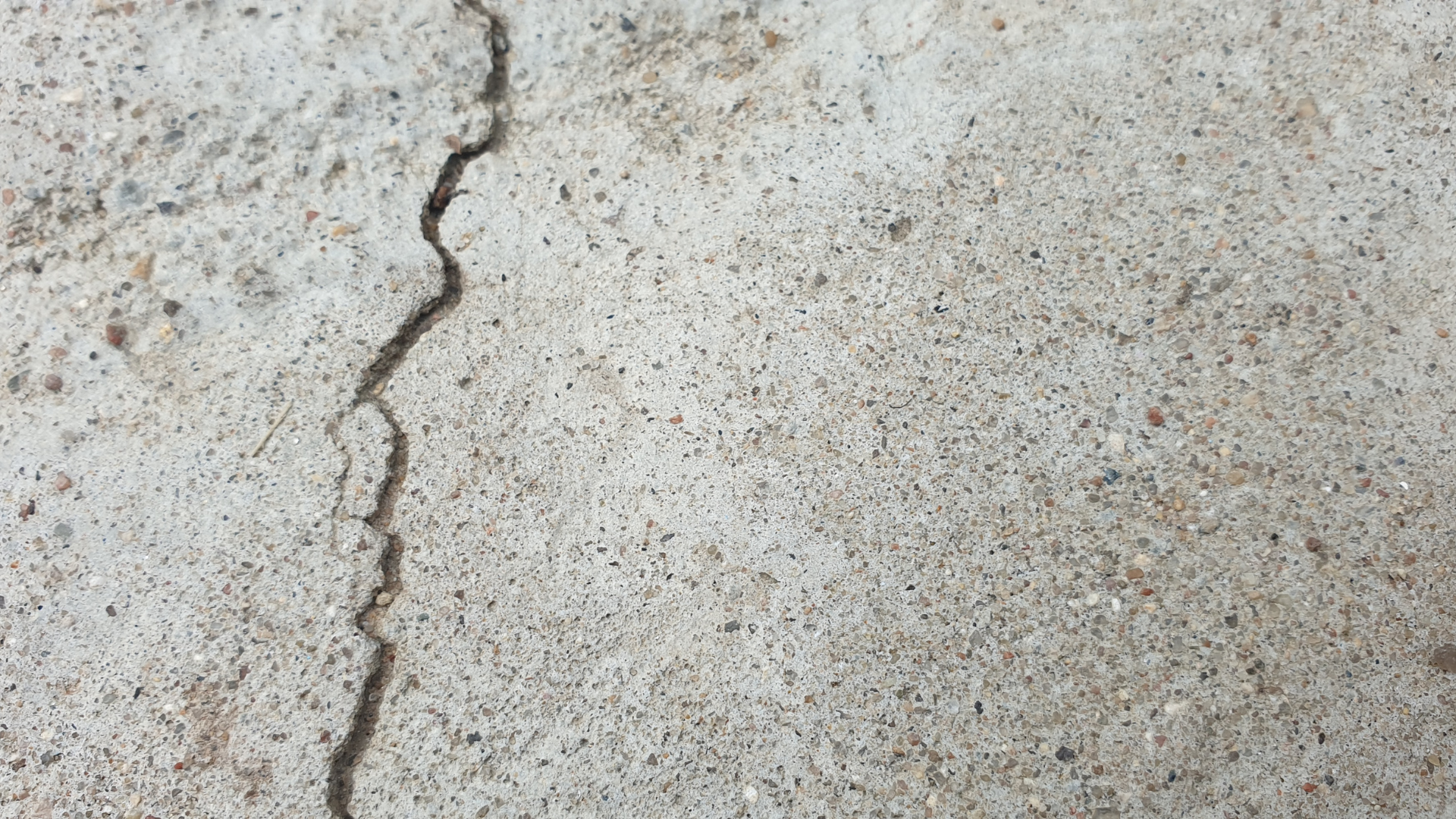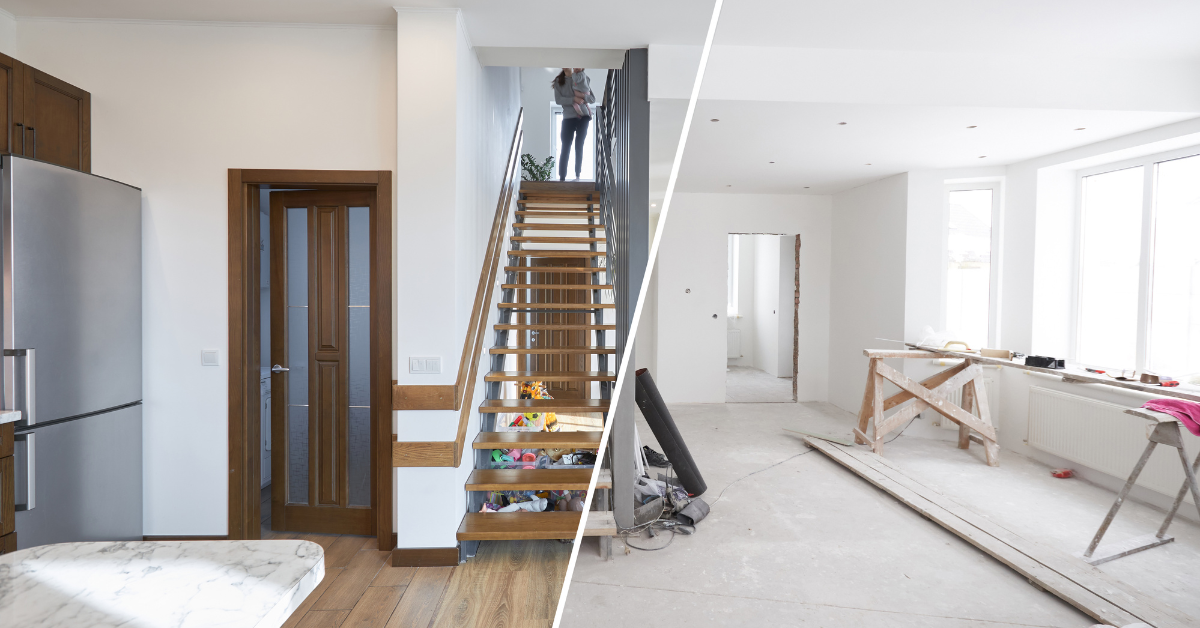
Your house is where you spend the majority of your time. That’s why it’s so important to make sure your home is safe and healthy for you and your family. You likely already know about the importance of having working smoke alarms on every floor and in every bedroom, and an emergency exit plan. But do you know how to protect your house against radon, the number one cause of lung cancer in non-smokers?
Know the Facts
• Radon is the 2nd leading cause of lung cancer in Canada
• Health Canada estimates that more than 3,000 people every year pass away from radon-related lung cancer.
• Testing is the only way to determine how much radon is present in your house.
• Radon is simple to check for.
What is radon?
Radon is an invisible, radioactive gas that comes from the breakdown of uranium in soil and rock. What makes dealing with radon so difficult is that we can’t see, taste or smell radon. When radon is released from the ground into the outdoor air, it is diluted and is not a concern. However, in enclosed spaces, like homes, it can enter through cracks and unintentional openings in basement floors and walls and accumulate to high levels. Radon enters and accumulates in every home differently. Regional data or a neighbour’s radon test can therefore not tell us whether we are at risk in our own home. Certain areas in Canada may be at higher risk than others due to the high uranium content in the soil.
Is radon dangerous?
Yes. When radon gas decays, radioactive substances are created that we breathe and absorb into our lungs. Radon continues to break down in the lungs, producing radioactive particles that give off brief bursts of energy. Nearby lung tissue absorbs this energy, harming the lung cells. When cells are harmed, their subsequent reproduction could lead to cancer.
How can radon get into my home?
Radon and other gases are drawn into your home from the soil. Radon enters where the house comes into contact with the earth through cracks in the foundation’s floor and walls, unsealed construction joints, spaces around service pipes, support posts, window casings, floor drains, sumps, or cavities inside walls.
Some locations in Canada are more at risk than others due to high uranium levels in the soil. Use this map to see if any homes in your area have tested for radon, but keep in mind that radon levels in one house can be vastly different from its neighbours due to soil conditions below them.
How do I test radon in my home?
The easiest way to find out whether your home has a radon problem is by testing. Because radon levels vary by day, by weather, and from house to house, Health Canada recommends a long-term (3-month) test during the fall/winter months when windows are closed. The best time to test homes for radon is the heating season, but radon tests may also be useful at the beginning of a renovation project – regardless of the season.
Step 1: Purchase a test kit – You can buy long-term test kits online which you then send to a lab for analysis, or you can buy a certified radon detector/monitor device and see the result for yourself. The Canadian National Radon Proficiency Program (C-NRPP) maintains a list of certified testing devices. The same website also offers contact information for Certified Radon Measurement Professionals.
Step 2: Test – Set up the test kit in your house, according to the specified instructions. Use the included return packaging and instructions to send your radon test kit to the lab for analysis after three months have passed. In a few weeks, you will receive your results.
Step 3: Take Action – If your test result indicates that the average annual radon level is below 200 becquerels per cubic meter no action is required. If radon levels are above 200 becquerels per cubic meter, Health Canada recommends taking steps to reduce the amount of radon in your home for your safety.
How do I reduce the amount of radon in my home?
C-NRPP offers a listing of certified measurement and mitigation professionals who can collaborate with renovators to determine the radon levels and, if necessary, design and install a mitigation system. A radon mitigator will first apply measures like sealing building elements touching the soil or increasing mechanical ventilation in your home. In some cases, radon mitigation will, however, involve collecting the radon from below the basement slab and exhausting it to the outside. Systems like this have proven to be efficient methods for reducing radon levels in homes.
If you’re concerned about the levels of radon in your home, start a conversation with a C-NRPP Professional near you. Use C-NRPP’s directory to find a professional in your area.
For more information about Radon visit: Radon About – Canada.ca



